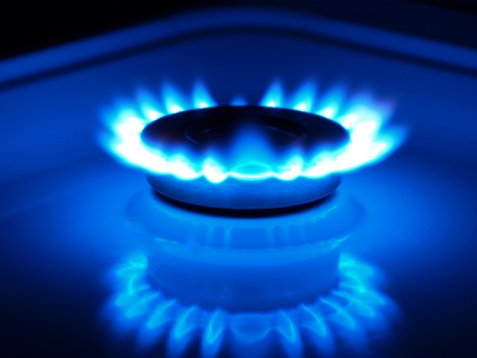What Homeowners Should Know about CNG
The process of switching to natural gas
With the price of electricity still on the rise, homeowners have been encouraged to look at options beyond regular natural gas. There are many ways that homeowners can potentially conserve energy, and while the ideal energy solution would be a solar panel or wind turbine installed in every home along with green rooftops, the current high prices of these systems make it nearly impossible for many average households to make it a reality. For many, that solution might be natural gas.
Fracking
Recently, the push to consider natural gas has escalated, primarily due to the recent decisions to pursue fracking (fracturing rock using high pressured blasts of water, sand, and chemicals) to access natural gas, brine, and petroleum. This process of acquiring natural gas has been largely successful, allowing the price to fall as the supply goes up. Of course, fracking has its downsides. The process is known to cause earthquakes or other seismic activity, and many insist that fracking in Wyoming and Colorado, for example, has caused contamination of drinking water and air. However, a 2004 report by the Environmental Protection Agency stated that the chances of fracking resulting in contamination were slim to none making the incidences in Wyoming and Colorado exceptions rather than the expected norm.
There’s no doubt that for the general public and these companies customers to be comfortable with the fracking process, increased research and innovation is necessary. If the process of accessing these resources beneath us is made less intrusive, and poses less of a risk to citizens living near the site, perhaps natural gas can be considered a viable energy source to replace others like gasoline and coal.
Less Carbon Dioxide
As it is, use of natural gas and compressed natural gas (CNG) would largely reduce users’ carbon footprint when compared to performing the same tasks using traditional methods of energy. For example; coal powered electric generation currently creates approximately 2,000 lbs of carbon dioxide emissions per megawatt hour. In comparison, a natural gas powered electric plants emit half the carbon dioxide emissions in the same time spectrum. The Environmental Protection Agency believes that using CNG can reduce carbon monoxide emissions by 90-97% and nitrogen-oxide emissions by 35-60%. These figured are based on that the fact that, when burned, natural gas produces 45% less carbon dioxide than coal, 30% less than oil, and 15% less than wood. Natural gas also produces almost no carbon monoxide, sulfur dioxide, dissolved solids or airborne particulates – all of which have been found to be harmful to our health.
Energy companies have made the process of switching to natural gas relatively easy
It also helps that many energy companies have made the process of switching to natural gas relatively easy. Massachusetts is one of many states where the electricity and gas market is deregulated, allowing energy consumers to switch to gas by simply calling their providers, such as NStar or Mass Electric. Other states include Ohio (Duke Energy Ohio has a respectable natural gas plan), Illinois (Plug In Illinois), Nevada, and more. In regulated states, the process is more difficult, and involves installation of an additional gas line and consultation with a contractor. It can be done however, as resources like NW Natural explains, without too much of an additional hassle beyond that.
Others still have gone the route of breaking entirely from energy companies, creating “off the grid” systems like Steve and Brenda Norwood’s “micro-trigeneration system” in their Houston home which allows the house to operate using a combination of solar, natural gas, battery power and electricity. Besides being 70% more efficient, their home now also has access to an undisturbed electricity supply – neither power company failures nor storms will impact the Norwood’s supply. Of course, the system costs anywhere from $10,000 to $30,000, and while it’s able to pay for itself with low to no energy bills, it may not be a commitment homeowners are willing to make at the moment. And those who are willing to spend a significant amount might be more inclined to switch to fully solar and renewable energy sources.
One thing is clear though; natural gas is a growing energy source, but it is still hardly the perfect energy source. While it could considered as a step in the right direction, homeowners should still look toward other green advancements in their home as an ongoing process. Natural gas may be a viable option now, with the hope that innovations in solar power (or other renewable sources) result in less expensive, increasingly dependable, and cleaner energy usage.








